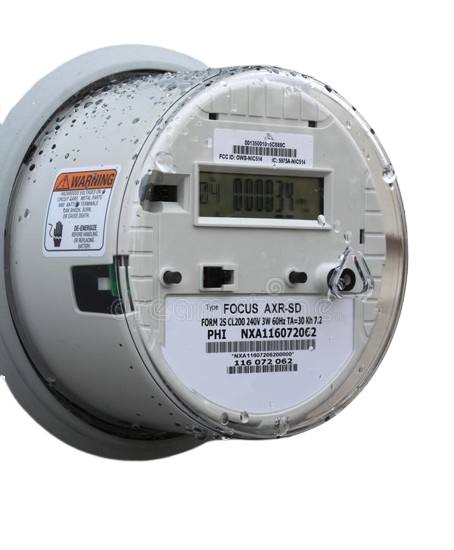In recent years, the energy sector has witnessed a significant transformation driven by technological advancements and the growing demand for sustainable energy solutions. One of the most pivotal innovations in this domain is the smart energy meter. This device not only enhances the efficiency of energy consumption but also plays a crucial role in the broader context of energy management. To fully understand the impact of smart energy meters, it is essential to analyze both the upstream and downstream aspects of their implementation.
Upstream Analysis: The Supply Chain of Smart Energy Meters
The upstream segment of the smart energy meter market encompasses the manufacturing, technology development, and supply chain logistics involved in producing these devices. This segment is characterized by several key components:
Manufacturers and Suppliers: The production of smart energy meters involves various manufacturers who specialize in electronic components, software development, and hardware integration. Companies like Siemens, Schneider Electric, and Itron are at the forefront, providing advanced metering infrastructure (AMI) that integrates communication technologies with traditional metering systems.
Technology Development: The evolution of smart energy meters is closely tied to advancements in technology. Innovations in IoT (Internet of Things), cloud computing, and data analytics have enabled the development of more sophisticated meters that can provide real-time data on energy consumption. This technological evolution is driven by research and development investments from both private companies and public institutions.
Regulatory Framework: The upstream market is also influenced by government regulations and standards that dictate the specifications and functionalities of smart energy meters. Policies aimed at promoting energy efficiency and reducing carbon emissions have led to increased adoption of smart meters, as utilities are incentivized to upgrade their infrastructure.
Raw Materials and Components: The production of smart energy meters requires various raw materials, including semiconductors, sensors, and communication modules. The availability and cost of these materials can significantly impact the overall production costs and, consequently, the pricing of smart energy meters in the market.
Get to know about Malio's current transformer, LCD display and manganin shunt.

Downstream Analysis: The Impact on Consumers and Utilities
The downstream segment of the smart energy meter market focuses on the end-users, including residential, commercial, and industrial consumers, as well as utility companies. The implications of smart energy meters in this segment are profound:
Consumer Benefits: Smart energy meters empower consumers by providing them with detailed insights into their energy consumption patterns. This data enables users to make informed decisions about their energy usage, leading to potential cost savings. Additionally, features such as time-of-use pricing encourage consumers to shift their energy consumption to off-peak hours, further optimizing energy use.
Utility Operations: For utility companies, smart energy meters facilitate improved operational efficiency. These devices enable remote monitoring and management of energy distribution, reducing the need for manual meter readings and minimizing operational costs. Furthermore, utilities can leverage the data collected from smart meters to enhance demand forecasting and grid management, ultimately leading to a more reliable energy supply.
Integration with Renewable Energy: The rise of renewable energy sources, such as solar and wind, has necessitated a more dynamic approach to energy management. Smart energy meters play a crucial role in this integration by providing real-time data on energy generation and consumption. This capability allows consumers with renewable energy systems to monitor their production and consumption, optimizing their energy use and contributing to grid stability.
Challenges and Considerations: Despite the numerous benefits, the deployment of smart energy meters is not without challenges. Issues such as data privacy, cybersecurity, and the digital divide must be addressed to ensure equitable access to the advantages offered by smart metering technology. Additionally, the initial investment required for upgrading infrastructure can be a barrier for some utility companies, particularly in regions with limited financial resources.
Post time: Dec-30-2024

